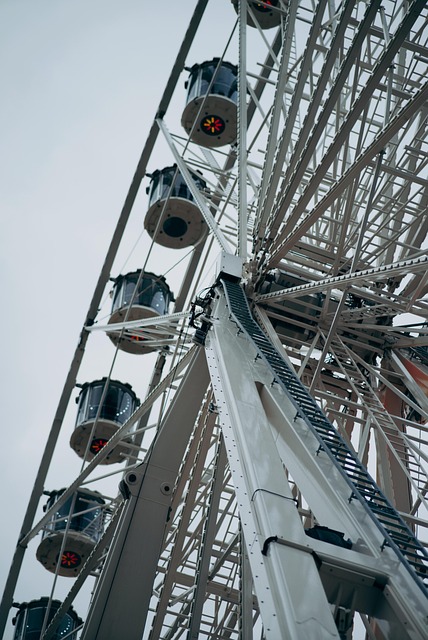Adaptation in Dance: How Neoclassical Ballet Evolves with Society
Neoclassical ballet, a dance form rooted in tradition yet open to evolution, serves as a fascinating mirror to society's changes over time. This exquisite art form seamlessly marries classical techniques with modern sensibilities, offering a glimpse into the ways in which dance adapts to the shifting dynamics of the world it exists in.
The origins of neoclassical ballet can be traced back to the early 20th century, when ballet began to break free from the rigid constraints of its classical past. The renowned choreographer George Balanchine played a pivotal role in this transformation, introducing a new wave of energy and innovation. Balanchine's approach emphasized speed, simplicity, and an abstract narrative, aligning the dance more closely with the fast-paced modern world.
As society underwent profound changes throughout the 20th century, neoclassical ballet continued to evolve in response. The aftermath of World War II brought about shifts in artistic expression, and ballet was no exception. Choreographers like Jerome Robbins infused neoclassical ballet with emotions ranging from vulnerability to social commentary. This era saw ballet reflecting the complexities of a society in transition.
Neoclassical ballet's connection to societal evolution is also evident in its embrace of diversity and inclusion. In recent decades, choreographers have challenged traditional norms by casting dancers of different races, body types, and backgrounds. This deliberate move towards representation mirrors the broader societal push for equal recognition and celebration of differences.
Technology, too, has left its mark on neoclassical ballet. In an age of digital innovation, dance companies use technology to create mesmerizing visual effects and reach global audiences. Livestreamed performances, behind-the-scenes glimpses, and interactive experiences have broadened ballet's reach beyond the confines of traditional theaters.
Climate change and environmental concerns have also prompted neoclassical ballet to adapt. Some choreographers have incorporated themes of nature and sustainability into their works, prompting audiences to contemplate humanity's relationship with the planet. Ballet, in this context, becomes a powerful platform for raising awareness about pressing issues.
The evolution of neoclassical ballet is not without its challenges. Some critics argue that excessive modernization can dilute the art form's essence. However, proponents assert that adaptation is essential for survival and relevance. By preserving core techniques while embracing contemporary influences, neoclassical ballet maintains a delicate balance between tradition and innovation.
Collaboration has played a pivotal role in the evolution of neoclassical ballet. Choreographers often collaborate with composers, costume designers, and visual artists to create multidimensional experiences. These collaborations not only enrich the art form but also reflect the interconnected nature of today's global society.
Looking ahead, neoclassical ballet's continued evolution is inevitable as society grapples with an ever-changing landscape. The COVID-19 pandemic, for instance, forced dance companies to explore virtual performances and new ways of connecting with audiences. These adaptations underscore ballet's resilience in the face of adversity.
In conclusion, neoclassical ballet serves as a dynamic testament to the symbiotic relationship between art and society. As society evolves, so too does this exquisite dance form, seamlessly incorporating new influences while honoring its classical roots. The dance's ability to reflect the spirit of its time while embracing change ensures that neoclassical ballet will continue to captivate audiences and inspire artists for generations to come.







